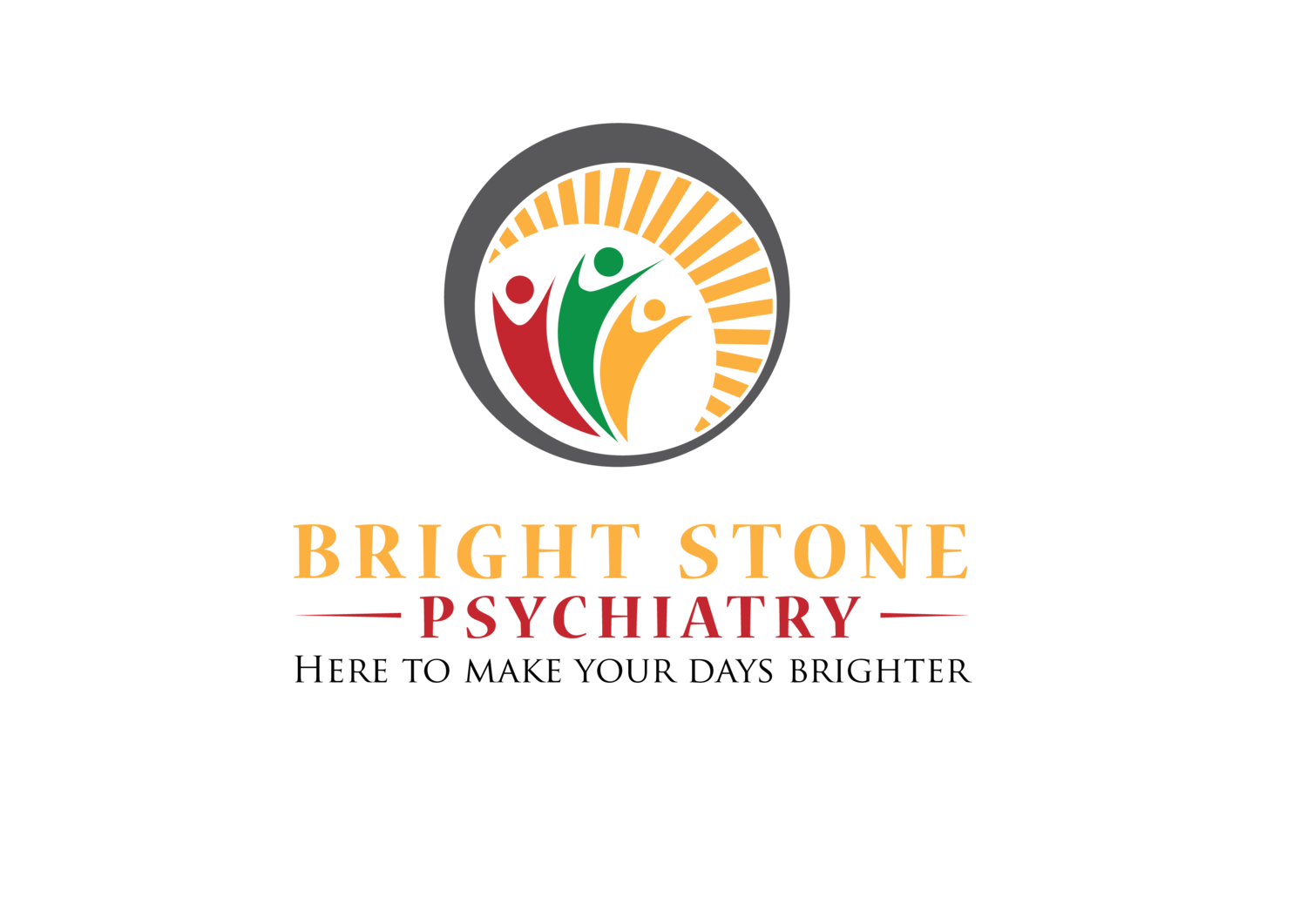Understanding Seasonal Affective Disorder: Causes, Symptoms, and Impact
Seasonal Affective Disorder (SAD) is a type of depression that occurs at certain times of the year, most commonly during the fall and winter months. It’s characterized by a recurring pattern of depressive episodes that coincide with the change in seasons. Brightstone Psychiatry is dedicated to helping individuals understand and manage this condition, ensuring they can enjoy life to the fullest.
What is Seasonal Affective Disorder?
SAD is a subtype of major depressive disorder, and its symptoms typically emerge as the days grow shorter and the weather becomes colder. The exact cause of SAD is still under research, but several factors contribute to its onset:
Light Exposure: A reduction in natural sunlight can disrupt the body’s internal clock, or circadian rhythm, leading to feelings of depression.
Serotonin Levels: Reduced sunlight can also affect serotonin levels in the brain, a neurotransmitter that plays a crucial role in mood regulation.
Melatonin Production: The change in seasons can influence melatonin production, impacting sleep patterns and mood.
Symptoms of Seasonal Affective Disorder
The symptoms of SAD can range from mild to severe and may include:
Persistent feelings of sadness or hopelessness
Loss of interest in activities once enjoyed
Changes in appetite or weight (usually increased cravings for carbohydrates)
Difficulty concentrating
Fatigue or low energy
Sleep disturbances, such as oversleeping or insomnia
Feelings of guilt or worthlessness
When Does SAD Typically Impact a Person?
SAD commonly emerges in the late fall and continues through the winter months. Symptoms often improve with the arrival of spring. However, some individuals may experience a summer pattern, where symptoms occur during the warmer months.
It’s essential to note that the onset and duration of SAD can vary significantly between individuals. Some may start to notice symptoms as early as September, while others might not be affected until the onset of winter.
Treatment Options
Brightstone Psychiatry offers a range of effective treatment options for individuals experiencing SAD, including:
Light Therapy: This involves exposure to a specially designed lightbox that mimics natural sunlight, helping to alleviate symptoms.
Psychotherapy: Cognitive-behavioral therapy (CBT) is often used to help individuals manage their symptoms and develop coping strategies.
Medication: Antidepressants can be prescribed to help regulate mood and alleviate symptoms.
Lifestyle Changes: Incorporating regular exercise, a healthy diet, and social engagement can also be beneficial.
Conclusion
Seasonal Affective Disorder can significantly impact an individual’s quality of life, but with proper understanding and treatment, it is manageable. If you or someone you know is experiencing symptoms of SAD, Brightstone Psychiatry is here to help. Our dedicated team is committed to providing compassionate care tailored to your needs.
For more information, visit us at Brightstone Psychiatry or contact us at hello@BrightStonePsychiatry.com. Don’t let the seasons dictate your happiness—take the first step toward feeling better today!

